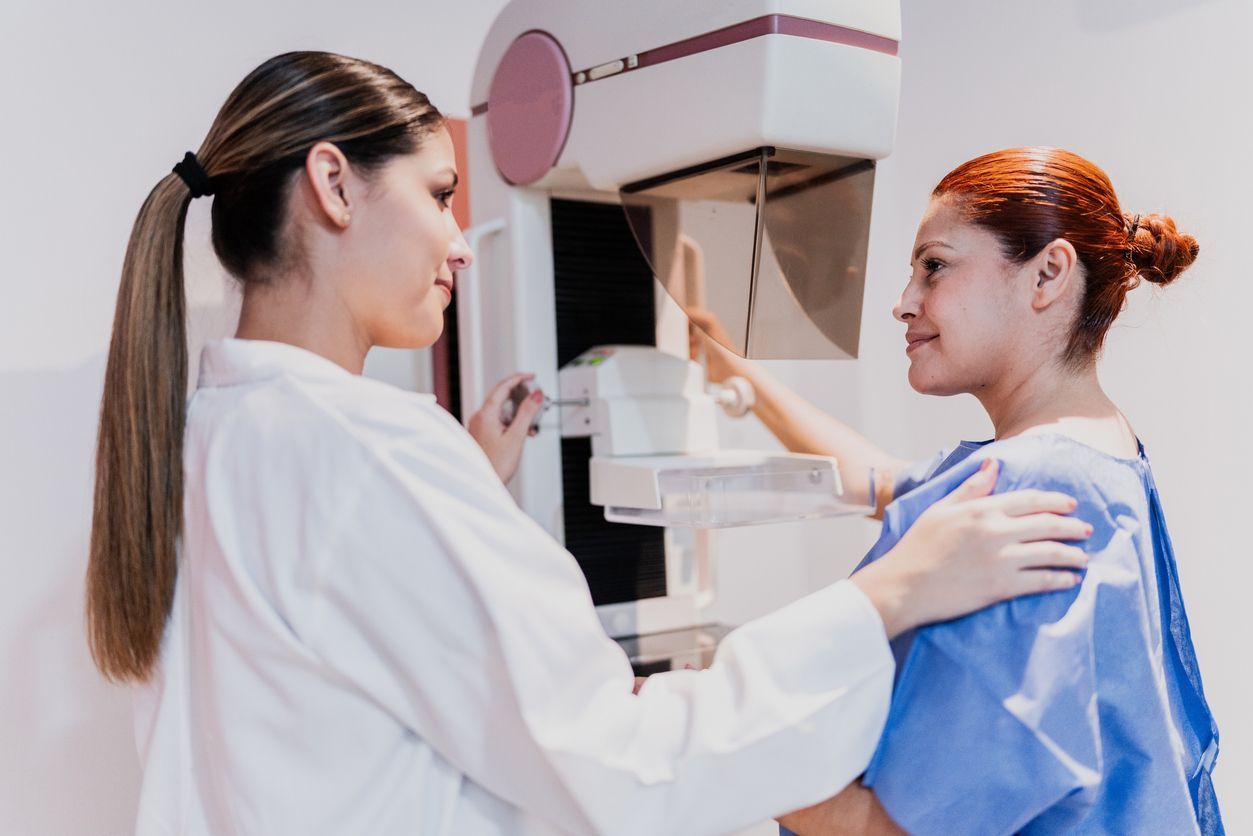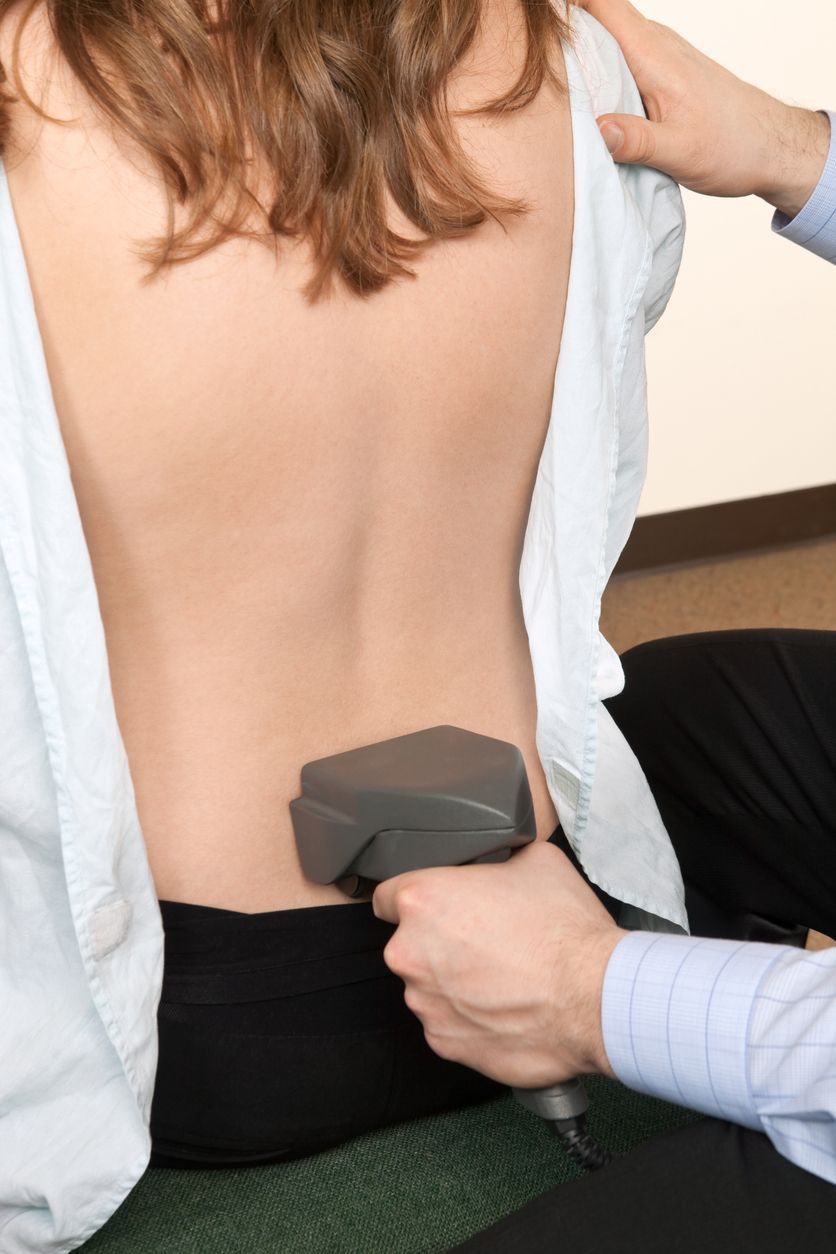Menopause and Stroke Risks: Should You Worry?
As women enter menopause, they may be concerned about the potential stroke risks. In this article, we'll discuss the different types of cerebrovascular disease, the symptoms of stroke in women, and what steps can be taken to decrease their risk during menopausal years. We'll also highlight the role thermography can play in stroke prevention.
What is menopause?
Menopause is the natural, permanent end of menstruation and fertility in women. It is a normal aging process and marks the end of a woman's reproductive years. Typically, menopause occurs around age 51. However, it can happen anytime between the ages of 45 and 55. The average age of menopause in the US is 51.
Menopause is caused by a drop in hormone production in the ovaries, resulting in decreased levels of estrogen and progesterone. This causes changes in menstrual patterns that eventually lead to permanent infertility. Common symptoms of menopause include hot flashes, night sweats, vaginal dryness, mood swings, and difficulty sleeping.
For some women, menopause can be an uncomfortable and difficult transition. While it is a normal part of aging for all women, there are certain risks associated with menopause that need to be considered. One risk factor associated with menopause is an increased risk of stroke.
The Connection Between Menopause and Stroke
Studies have found that women approaching or in menopause may be at an increased risk of stroke. Women during menopause are more likely to suffer from high blood pressure and diabetes, major risk factors for stroke. Additionally, during menopause, the levels of estrogen and progesterone in the body decrease, which can increase the risk of stroke.
Estrogen helps to keep blood vessels flexible and strong and helps protect against plaque buildup in arteries. When estrogen levels drop, it can lead to the hardening and narrowing of the arteries, known as atherosclerosis, which can cause blockages in the blood vessels and increase the risk of stroke.
Additionally, women going through menopause often experience weight gain, inflammation, and other body changes. These can further increase the risk of stroke by raising blood pressure and improving cholesterol levels.
Menopause can also cause irregular menstrual cycles and hot flashes. This can result in fatigue, insomnia, and stress, increasing stroke risk. It is important for women to understand the link between menopause and stroke and to take steps to reduce their risk. This includes eating a healthy diet, exercising regularly, quitting smoking, and maintaining a healthy weight. Additionally, talking to your doctor about hormone therapy may help to reduce the risk of stroke associated with menopause.
Different Types of Cerebrovascular Disease
Cerebrovascular disease encompasses any disorder that impacts the blood vessels in the brain, potentially resulting in a stroke or even death. Knowing the multiple types of cerebrovascular diseases is important so you can better understand your risk factors and get the right medical care. Three main cerebrovascular diseases are arterial ischemic stroke, subarachnoid hemorrhage, and intracerebral hemorrhage.
Arterial Ischemic Stroke (AIS)
AIS occurs when a clot forms in an artery leading to the brain, blocking blood flow and causing damage to the brain tissue. Several factors, such as high cholesterol, high blood pressure, smoking, and diabetes, can cause it. Symptoms include sudden weakness or numbness in one side of the body, slurred speech, dizziness, and confusion.
Subarachnoid Hemorrhage (SAH)
SAH is a type of stroke that occurs when a weakened blood vessel ruptures and leaks blood into the space around the brain. A head injury, an aneurysm, or a weak spot in a blood vessel wall can cause it. Symptoms of SAH include severe headache, nausea, vomiting, neck stiffness, vision changes, and loss of consciousness.
Intracerebral Hemorrhage (ICH)
ICH is a stroke when a weakened blood vessel ruptures and bleeds into the brain tissue. It can be caused by high blood pressure, aneurysm, or head trauma. Symptoms include sudden headaches, loss of consciousness, confusion, seizures, and paralysis on one side of the body.
Cerebrovascular diseases can have serious and life-threatening consequences. Knowing the different types and their symptoms is important in managing your health and keeping yourself safe. If you think you may be experiencing signs of any of these conditions, it is important to seek medical attention immediately.
Symptoms of Cerebrovascular Diseases or Stroke in Women
The symptoms for women experiencing cerebrovascular disease or stroke may differ from those experienced by men. Women may experience dizziness or fainting spells; confusion; weakness on one side of their body; vision changes; sudden headaches; difficulty speaking or understanding speech; and numbness or tingling in the face, arm, or leg.
Decreasing Risks During Menopausal Years
Women can take steps to decrease their risks of stroke during menopausal years. Eating a healthy diet and regular exercise are two important habits to consider. Additionally, women should visit their doctor regularly for check-ups and discuss any changes they're experiencing.
Utilizing Thermography for Early Detection
Thermography is an excellent way to detect cerebrovascular disease early on. It's a non-invasive procedure that produces safe, accurate results quickly. A thermogram captures images of heat patterns emitted from the body and can detect abnormalities such as blocked arteries or burst vessels before symptoms appear. This makes it a valuable tool for preventing stroke in women going through menopause.
Benefits of Thermography for Stroke Prevention
Thermography, also known as digital infrared thermal imaging, is an important tool in preventing stroke. It is used to detect changes in the body's temperature that can indicate underlying health conditions that can lead to stroke. It is a non-invasive, radiation-free imaging technique that can provide critical information about a patient's health without the need for contact with radiation or any other potentially dangerous substances. Here are some of the benefits of thermography for stroke prevention:
1. Early Detection
Thermography can detect subtle changes in body temperature that can indicate underlying health conditions before they progress to more severe symptoms. This means that medical professionals can intervene early and prevent a stroke from happening or reduce the severity of a stroke if it does occur.
2. Non-Invasive Imaging
It is a safe, non-invasive imaging technique that does not involve contact with potentially dangerous substances. This allows for better imaging results since the patient does not have to come into contact with any potentially hazardous materials.
3. Cost Savings
Thermography is a cost-effective way to diagnose health conditions related to stroke risk. It is much less expensive than traditional imaging techniques, such as MRI and CT scans, which require additional materials and expertise.
4. Increased Accuracy
This method can detect minute changes in body temperature that other imaging techniques might be unable to pick up. This increased accuracy allows medical professionals to diagnose underlying health conditions that could lead to stroke more accurately and, therefore, can provide early intervention when necessary.
Conclusion
Menopause can be a time of worry for women, but with the right steps, they can decrease their risk of stroke. By eating a healthy diet and getting regular exercise, women can maintain their health during this period. Thermography is also an effective tool for detecting signs of cerebrovascular disease or stroke before symptoms appear. Please visit or schedule an appointment with us today to learn more about head and neck thermography services and fees.













